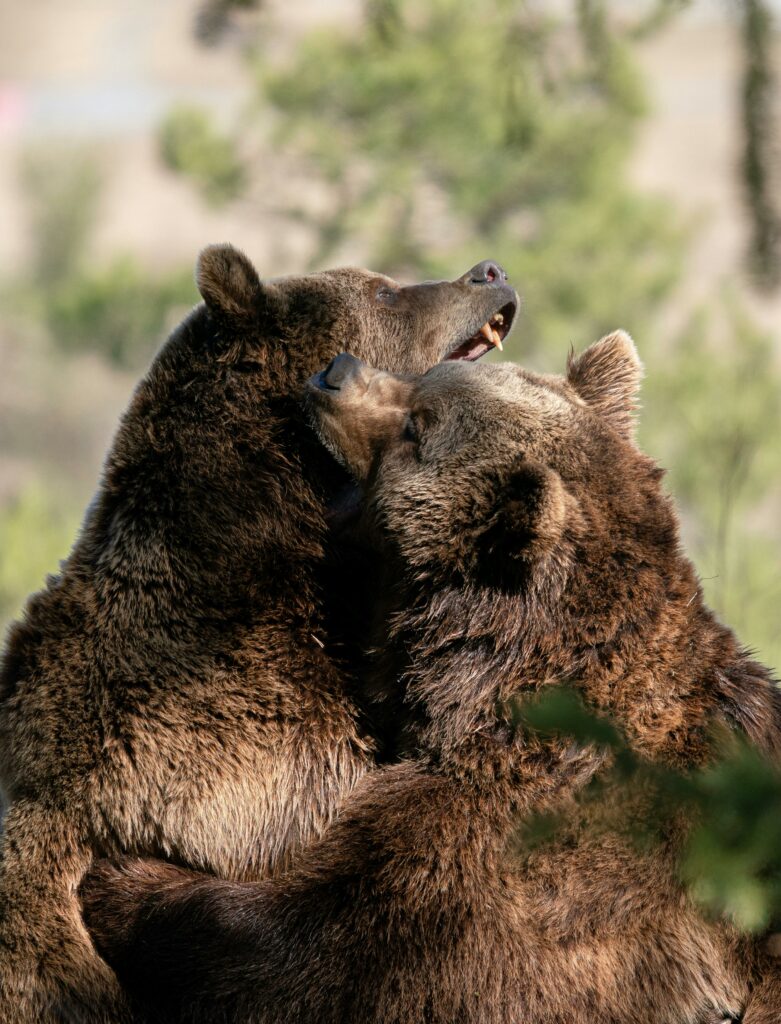The National Park Service and the U.S. Fish and Wildlife Service has announced plans to start transplanting grizzly bears to the Northern Cascades region in northwest and northcentral Washington.
And Wyoming grizzlies are among the possible transplants to be sent there.
An inquiry from Cowboy State Daily to the Wyoming Game and Fish Department regarding whether the agency had been approached about providing bears hadn’t been answered by publication time.
There’s a chance that Game and Fish might be involved in the Washington reintroduction program, large carnivore specialist Dan Thompson previously told Cowboy State Daily.
“I don’t want to speculate as to where bears would come from this early on, but we — agencies involved with Greater Yellowstone Ecosystem grizzly bears — will hopefully be part of future discussions as to how these things would occur,” Thompson said at the time.
It’s not a great idea if you ask retired federal ecologist and grizzly conservation advocate Chuck Neal of Cody.
He previously told Cowboy State Daily that reintroduced grizzlies in the North Cascades could become an “island population” with no chance of intermingling with other populations of bears.
And the idea doesn’t get a thumbs up from former US Assistant Secretary of the Interior Rob Wallace. He told Cowboy State Daily that he doesn’t think the grizzlies will get a good reception in Washington wherever they come from.
Wallace is a Wyoming resident who oversaw the USFWS and NPS during his tenure. He recalled going to testify on behalf of the Interior Department during a 2019 public hearing on grizzly reintroduction in Omak, Washington.
“I could tell it was a going to be a controversial hearing when I pulled into the parking lot and saw law enforcement officers on the roof with sniper rifles,” he said.
He said many of the locals worry that grizzlies will attack their livestock and possible disrupt other existing land uses.
The plan from the federal government is to move three to seven grizzlies into the North Cascades Mountains once a year for the next five to ten years, with a long-term goal of re-establishing a breeding population of 200 grizzlies in the area within 60 to 100 years.










